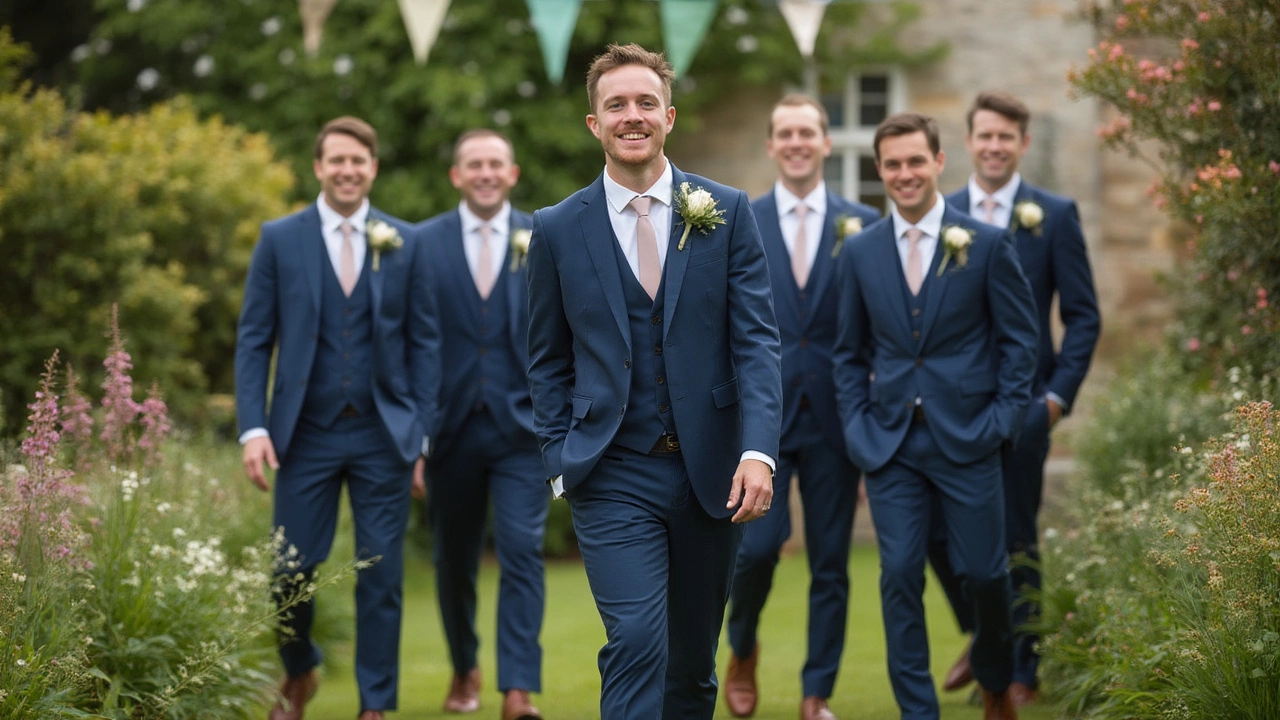Wedding Style Rules You Can Use Right Now
Planning a wedding feels like juggling a thousand details. One thing that instantly pulls everything together is a set of clear style rules. When everyone knows what to wear and how the colours should flow, the day feels polished without the headache. Below are the most practical rules to keep your wedding looking sharp.
Dress Code Basics: Who Wears What
Start with the bride and groom. The bride’s dress sets the tone—classic white, soft ivory, or a bold hue if you’re feeling adventurous. The groom should complement, not copy. A navy suit works for most venues, while a tuxedo adds formal flair. If you choose a colour for the groom, keep it within one shade of the bridal party’s palette.
Parents and grandparents usually dress in the same “formal‑cocktail” range as the bride’s party. Suggest a colour range (e.g., muted pastels or rich jewel tones) in the invitation wording. This prevents guests from showing up in a bright red dress that clashes with your colour scheme.
For the wedding party, pick a single suit colour and allow each member to choose their shirt and tie style. This creates visual unity while letting personalities shine. If you have mixed‑gender groups, a unified colour with optional patterns (like a subtle pinstripe) works just as well.
Guests often ask “What should I wear?” Keep the invitation simple: “Semi‑formal attire” or “Dress in [colour] tones.” You can add a note like, “Avoid white unless you’re the bride.” Clear wording saves you countless awkward conversations.
Color & Décor Harmony
The colour palette is the glue between dress code and décor. Pick three main colours: a primary hue, a secondary accent, and a neutral base. For a spring wedding, soft blush, sage green, and ivory work beautifully. For a winter vibe, deep burgundy, gold, and charcoal create an elegant feel.
Match the palette to the venue. A historic church often looks best with muted tones, while a modern loft can handle bright pops. Use the same colours for table linens, floral arrangements, and lighting gels. When the palette repeats, guests feel that everything belongs together.
Don’t over‑decorate. A rule of thumb: one statement piece per table (like a tall vase) plus smaller accents (candles, napkins). This keeps the look luxe without feeling crowded. If you’re unsure, lay out a mood board on Pinterest and see if the colours blend naturally.
Finally, consider the season’s natural colours. Summer weddings can borrow from the garden—lavender, sun‑yellow, sky‑blue. Autumn events pull from leaves—rust, copper, deep green. Aligning with nature reduces the need for artificial colour fixes and makes budgeting easier.
Stick to these simple style rules and you’ll avoid mismatched outfits, clashing décor, and last‑minute wardrobe crises. Your wedding will feel like a well‑rehearsed performance where every element knows its part.
Should the Groom’s Suit Match the Groomsmen? Wedding Attire Myths Busted
Wondering if the groom's suit must match the groomsmen? Get real-world tips, myths, and creative ideas for memorable, stylish wedding looks that fit your big day.
View More